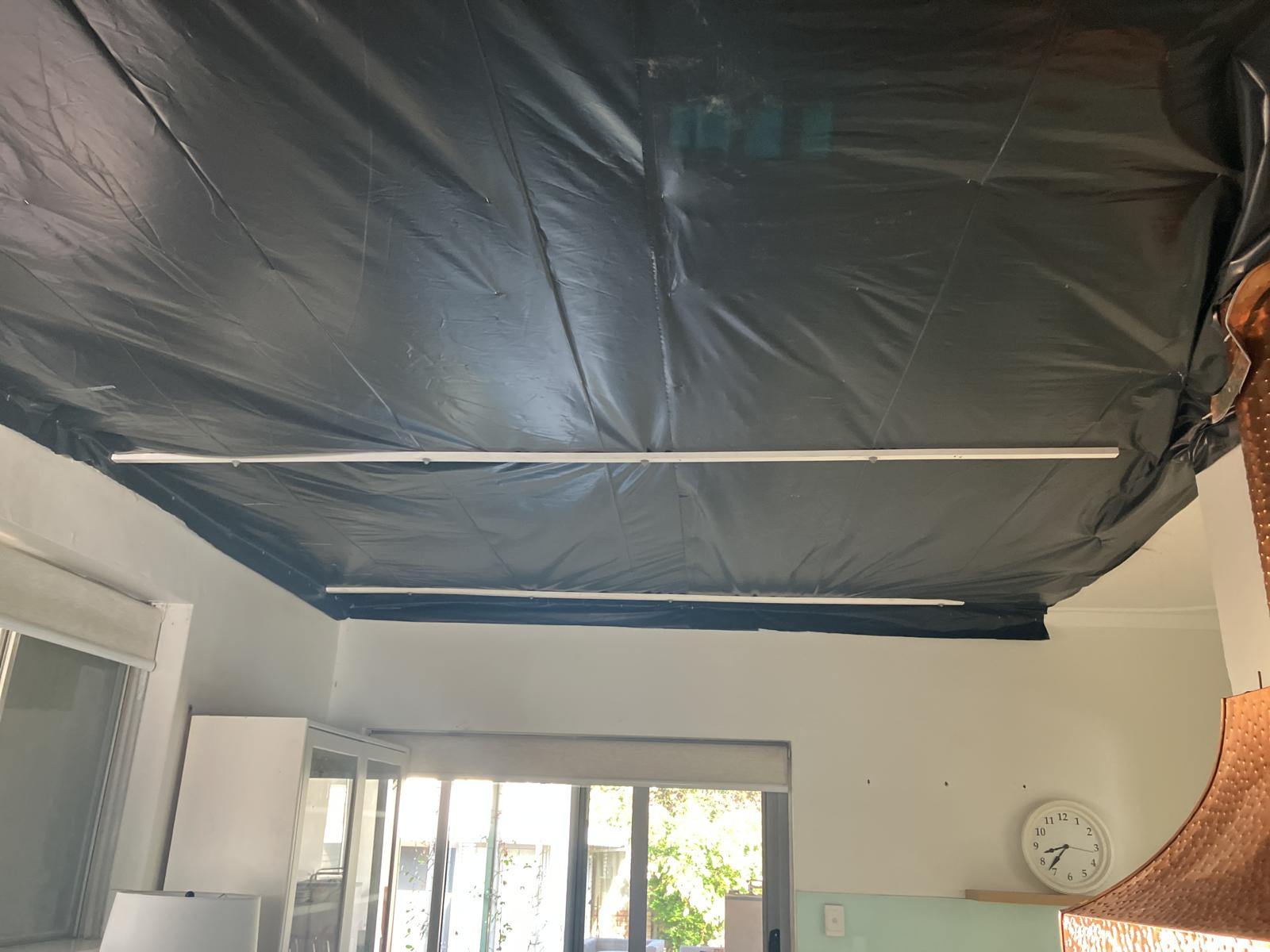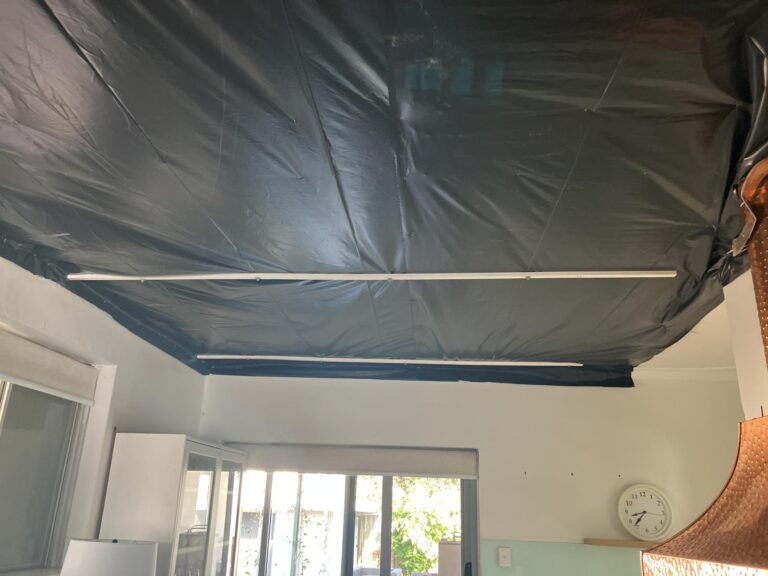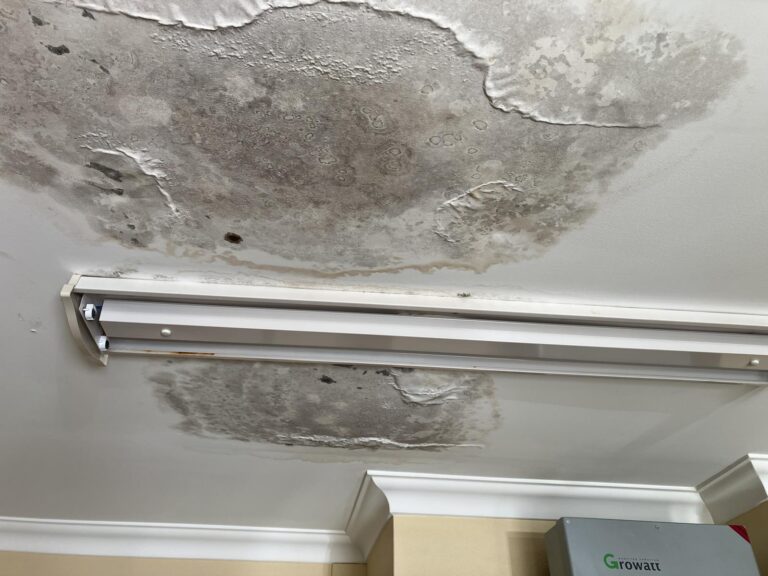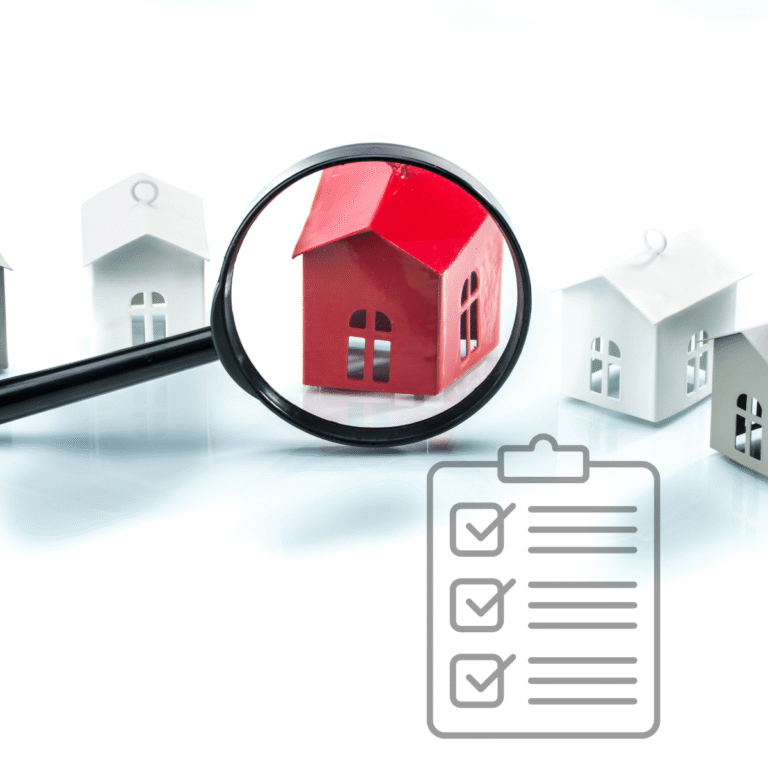Introduction:
A tree branch falls a car hits a wall a sudden storm lifts roof sheets, unexpected damage to your property is stressful and disruptive. Your first thought is likely “How do I get this fixed?” But before permanent repairs can even be scoped there’s a crucial immediate step, the ‘Make-Safe’. As assessors we consistently see that properties which receive prompt effective make safe action experience significantly less secondary damage and navigate the insurance claim process more smoothly.
What is ‘Make Safe’ and Why is it Different from Repair?
Make-safe isn’t about restoring your property to its original condition. It’s about implementing temporary measures immediately following damage to:
-
Prevent Further Loss: Stop secondary damage from occurring (e.g., preventing rain entering through a hole, stopping a small crack from spreading).
-
Ensure Safety: Address immediate hazards posed by the damage (e.g., securing loose materials that could fall, making a compromised area inaccessible).
Think of it as emergency first aid for your property. It stabilises the situation until a full diagnosis (assessment) and treatment (permanent repair) can be carried out.
Why is Make Safe So Critical?
-
Mitigating Loss (Insurance Duty): Most insurance policies include a clause requiring the policyholder to take reasonable steps to prevent further damage after an insured event occurs. Failure to do this can potentially impact your claim outcome especially if significant secondary damage occurs as a result of inaction. Prompt make-safe demonstrates you have met this obligation.
-
Stopping Secondary Damage: This is paramount. A damaged roof or wall is an open door for water wind pests and debris. Water in particular causes devastating secondary damage, ceilings walls flooring electrical systems and contents are all vulnerable. Make safe creates a barrier to stop this domino effect saving potentially vast amounts in repair costs.
-
Eliminating Hazards: Damage can create immediate dangers like unstable structures sharp edges falling debris or exposed electrical wiring. Make safe includes actions like securing loose elements temporary propping or isolating services to make the site safe.
-
Creating a Stable Environment: A property that has been made safe is much easier and safer for assessors to inspect and for builders to eventually perform permanent repairs.
Common Make Safe Actions:
Depending on the type and location of damage make-safe can involve:
-
Roof Tarping/Sheeting: Covering damaged sections of roofs to prevent rain entry.
-
Boarding Up: Securing broken windows doors or other wall breaches.
-
Temporary Fencing/Barriers: Restricting access to hazardous areas.
-
Temporary Propping/Bracing: Stabilising compromised structural elements.
-
Securing Loose Materials: Tying down or removing unstable building components.
-
Basic Water Containment: Laying down temporary barriers or redirecting minor leaks if safe to do so.
Getting Expert Make Safe Support:
While minor make safe might be achievable by a capable individual, significant damage requires professional expertise. An experienced make-safe provider knows the most effective temporary methods for different types of damage and understands the importance of proper securing to withstand further weather. Critically, they are often connected to the insurance repair process and understand the documentation required.
Don’t delay. If your property sustains sudden damage securing it with a professional make safe is the essential first step to prevent a bad situation from getting much much worse and to support a smoother insurance claim process.





